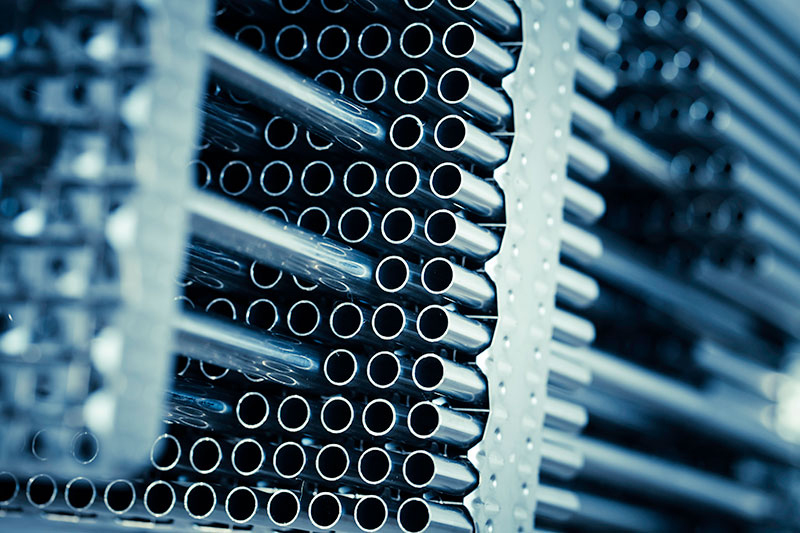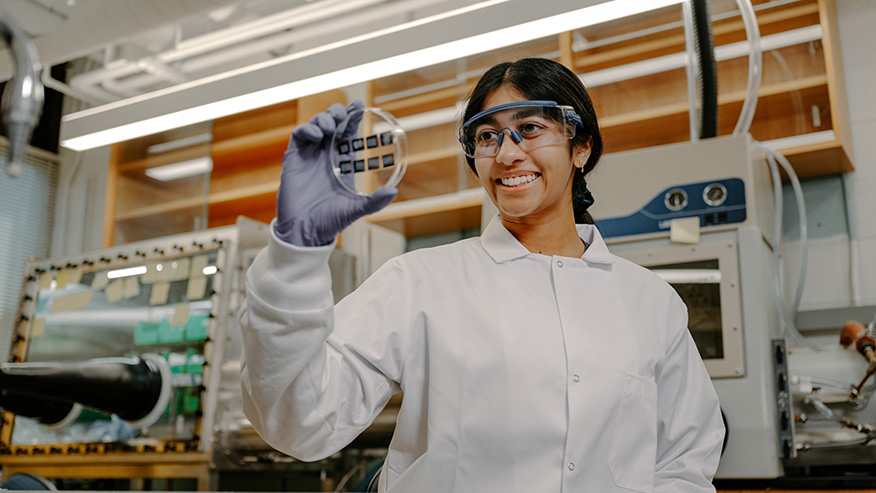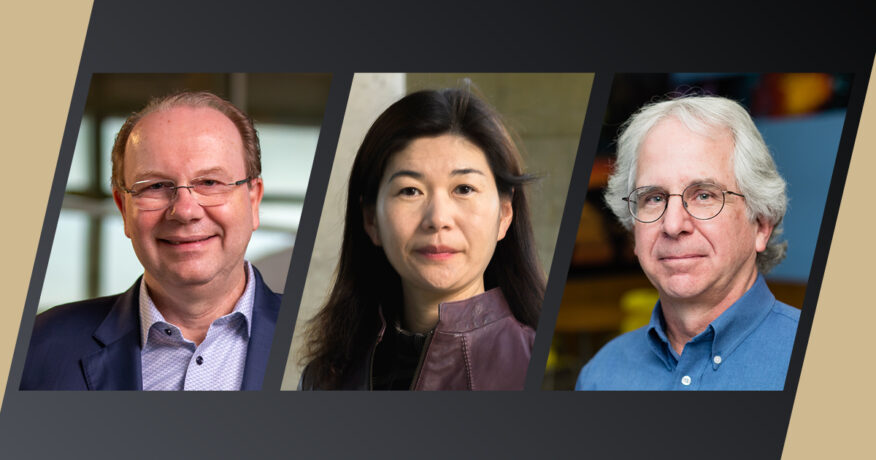Treatment creates steel alloys with superior strength and plasticity

A new treatment produces extraordinary strength and plasticity in high-quality steel. (istockphoto.com)
WEST LAFAYETTE, Ind. —
A new treatment tested on a high-quality steel alloy produces extraordinary strength and plasticity, two traits that must typically be balanced rather than combined. Ultra-fine metal grains that the treatment produced in the outermost layer of steel appear to stretch, rotate and then elongate under strain, conferring super-plasticity in a way that Purdue University researchers cannot fully explain.
The researchers treated T-91, a modified steel alloy that is used in nuclear and petrochemical applications, but said the treatment could be used in other places where strong, ductile steel would be beneficial, such as car axles, suspension cables and other structural components. The research, which was conducted in collaboration with Sandia National Laboratories and has been patented, appeared Wednesday (May 31) in Science Advances.
More intriguing even than the immediate result of a stronger, more plastic variant of T-91 are observations made at Sandia showing characteristics of what the team is calling a “nanolaminate” of ultra-fine metal grains the treatment created in a region extending from the surface to a depth of about 200 microns. Microscopy images show an unexpected deformation of the treated steel – dubbed G-T91 (or gradient T91) —as it is subjected to increasing stress, said Xinghang Zhang, lead author and a professor in the School of Materials Engineering at Purdue.
“This is a complex process, and the research community has not seen this phenomenon before,” Zhang said. “By definition, the G-T91 is showing super-plasticity, but the exact mechanism that allows this is unclear.”
Metals like steel may look monolithic to the naked eye, but when greatly magnified, a metal bar reveals itself to be a conglomeration of individual crystals called grains. When a metal is subjected to strain, the grains are able deform in such a way that the metallic structure is maintained without rupturing, allowing the metal to stretch and bend. Larger grains can accommodate greater strain than smaller grains, the foundation to a fixed trade-off between large-grain deformable metals and small-grain strong metals.
In the Science Advances paper, lead author Zhongxia Shang, a former graduate student in Zhang’s lab, used compressive and shear stresses to break large grains at the surface of a T-91 sample into smaller grains. A cross-section of the sample shows that grain sizes increase from the surface, where the smallest ultra-fine grains are less than 100 nanometers in size, into the center of the material, where grains are 10 to 100 times larger.
The modified G-T91 sample had a yield strength of about 700 megapascals, a unit of tension stress, and withstood a uniform strain of about 10%, a significant improvement over the combined strength and plasticity that can be reached with standard T-91.
“This is the beauty of the structure; the center is soft so it can sustain plasticity but, by introducing the nanolaminate, the surface has become much harder,” said Shang, now a research staff scientist at Purdue’s Birck Nanotechnology Center. “If you then create this gradient, with the large grains in the center and nanograins in the surface, they deform synergistically. The large grains take care of the stretching, and the small grains accommodate the stress. And now you can make a material that has a combination of strength and ductility.”
While the research team had hypothesized that the gradient nanostructured G-T91 would perform better than standard T-91, scanning electron microscopy images taken at intervals during the tension testing reveal a mystery. Electron backscattered diffraction images taken at a scanning electron microscope at Sandia show how grains in the nanolaminate of the G-T91 change at increasing intervals of true strain, a measure of plasticity, from 0% to 120%. At the beginning of the process, the grains are vertical, with a shape the team describes as lenticular. But as strain increases, they appear to stretch into a more globular shape, then rotate, and finally, elongate horizontally.
Zhang said the images show the interface between the grains – called the grain boundary – moving, allowing the grains to stretch and rotate and enabling the steel itself to deform plastically. The team has secured funding from the National Science Foundation to investigate the rules governing this movement in the grain boundaries, which could make it possible to understand the intriguing deformation behavior of gradient materials.
“If we know how they move and why they move, maybe we can find a better way to arrange the grains. We don’t know how to do it yet, but it’s opened a very interesting potential,” Zhang said.
“Gradient Nanostructure Steel With Superior Tensile Plasticity” was made possible with support from National Science Foundation. Research conducted at Sandia was supported by a user proposal at the Center for Integrated Nanotechnologies, an Office of Science user facility operated for the U.S. Department of Energy, Office of Science. Zhang and Shang were joined by Tianyi Sun, Jie Ding, Nicholas A. Richter and Haiyan Wang at Purdue, and by Sandia researchers Nathan M. Heckman, Benjamin C. White, Brad L. Boyce and Khalid Hattar, who were supported by U.S. Department of Energy Office of Basic Energy Sciences.
Zhang disclosed his innovation to the Purdue Research Foundation Office of Technology Commercialization, which applied for and received a patent to protect the intellectual property. Industry partners seeking to further develop or commercialize the work can contact Parag Vasekar, psvasekar@prf.org, about 2019-ZHAN-68391.
Media contact: Trevor Peters, peter237@purdue.edu



